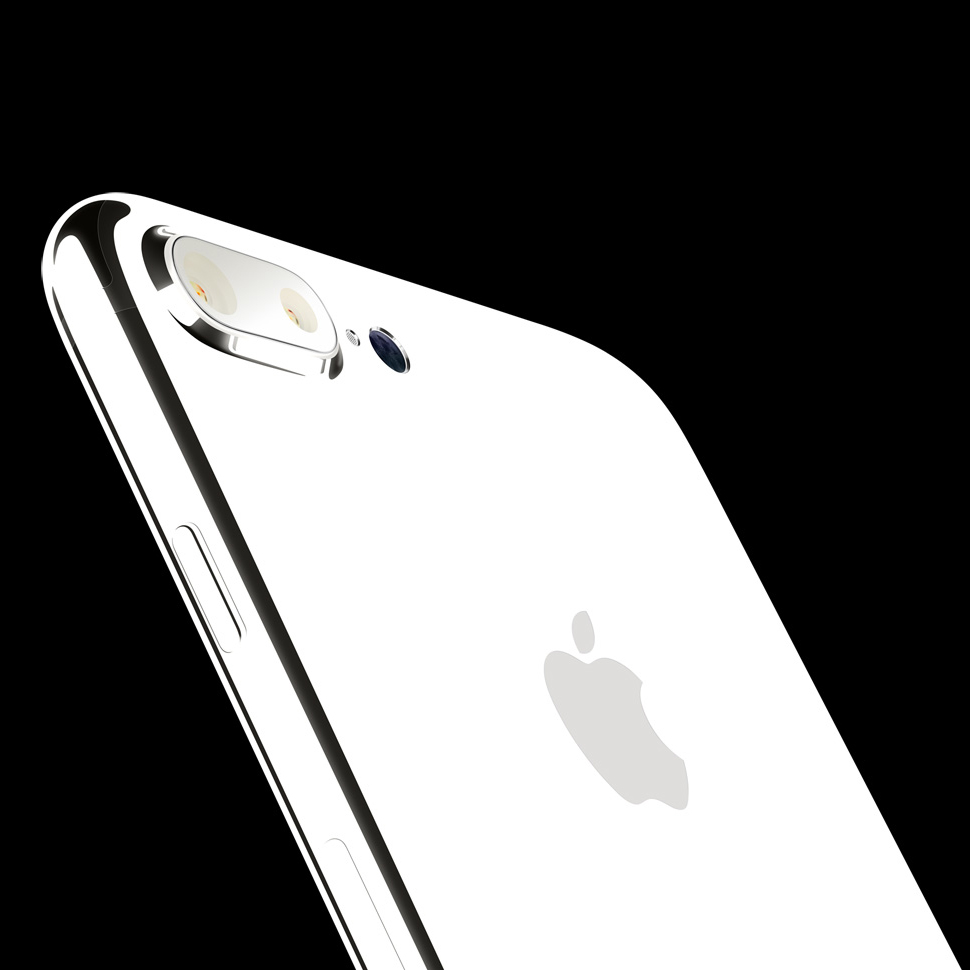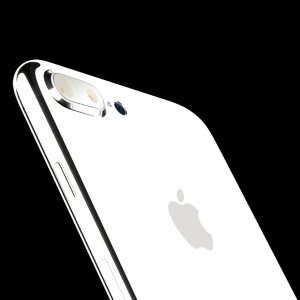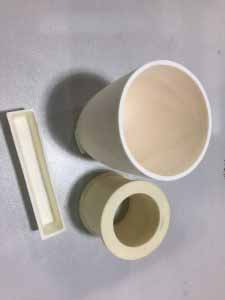- Alumina
- Boron Nitride
- Zirconia
- Other Ceramics
- Applications
- Contact

The most important and wide-ranging use of alumina is in the field of ceramics.
a. As an Insulating Material
The dielectric and excellent thermal shock properties of Alumina make it an excellent choice as an insulating material. For applications in very high frequencies, high purity dense alumina, fired at temperatures above 1600°C, is generally used. Examples are applications for television or satellite transmitter tubes or for microwave generators for heating, or for powerful lasers.
b. Electronics
Alumina is widely used in the electronics industry for passive components such as interconnection, resistances, and capacitors and is specifically employed in applications such as substrates for hybrid circuits, multi-layer interconnection circuits, materials for type II condensers, and hyper frequency resonators (mobile phones).

ceramic iphone
c. Mechanical
Ceramics Due to their excellent mechanical properties, alumina based ceramics are being increasingly used as a substitute material for several applications. These include the use of ceramic for abrasive and cutting tools. Alumina-based ceramics are also used for making extrusion and sanding nozzles and for parts of machinery where wear resistant qualities are critical. They are also used for making ice skate blades and some friction parts such as wear-resistant seals in piston engines.
d. Military Uses
The shock-resisting quality of alumina-ceramics makes them useful as armor plating for protection of tanks and helicopters as well as for bullet-proof jackets and in aeronautics for protection of hydraulic parts.
e. Bio Medical
Alumina is also an inert substance, and at room temperature, it is insoluble in all ordinary chemical reagents. It also has excellent wear resistance and can be polished to high surface finish. These qualities make it useful as a biomaterial. For example, alumina is used for artificial joint replacements; porous alumina is used as a ‘bone spacer’ and for teeth implants. In the biomedical field, alumina is also used for cochlear implants. In the more general field of medical instruments, ceramics are also used to manufacture medical tubes and other scientific, medical products.

alumina ceramic
f. Chemical
Ceramics Alumina-based Ceramic filters are chemically inert and can be manufactured with fine porosity. Due to their resistance to a wide-range of chemical attacks, the material is also used for chemical storage and transportation of aggressive products.
g. Enameling
Enameling is the coating given to the surface of insulators and other ceramic materials like tiles. Alumina contributes to adherence to metal or ceramic, opacity and resistance to corrosion and to scratching in the enameling process. Enameling is also used to make decorative items.
For more information, please visit http://www.samaterials.com/199-alumina